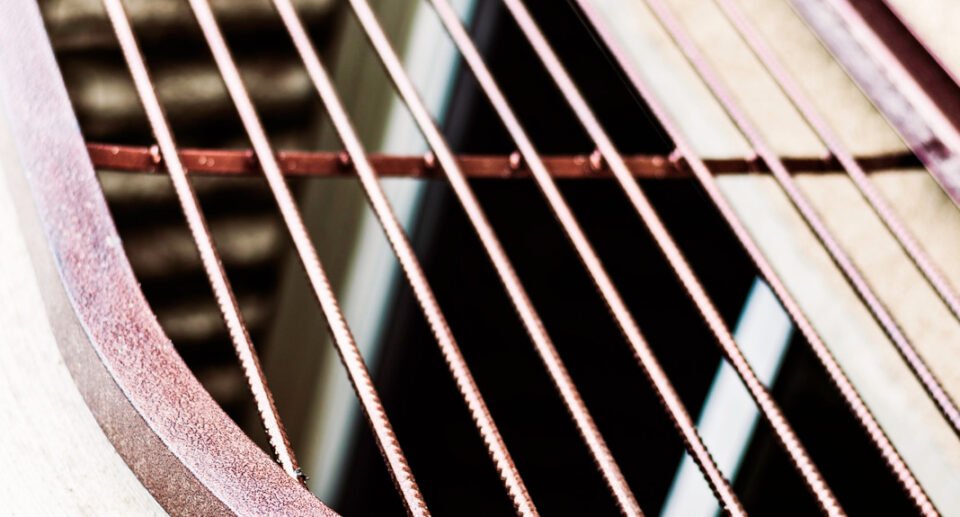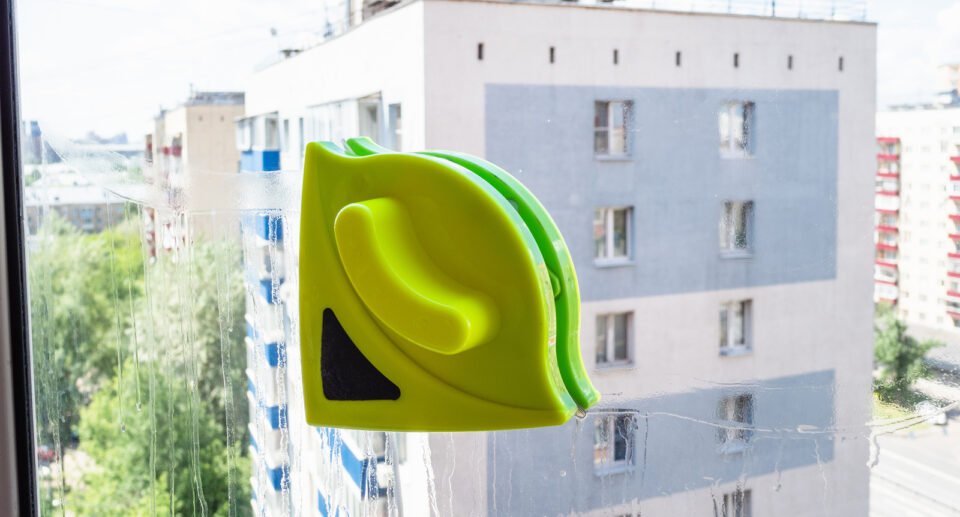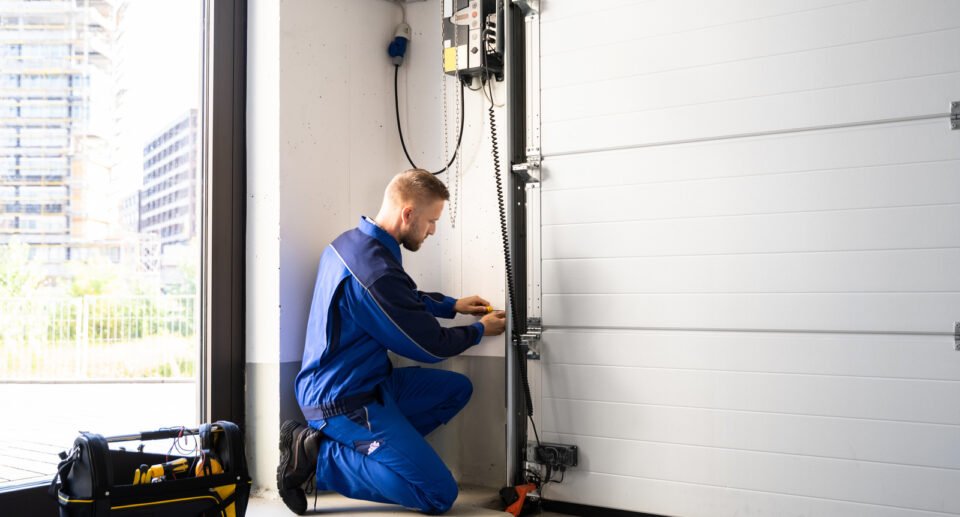Window Well Covers: Everything You Need to Know

Table of Contents
ToggleWindow well covers are specialized coverings designed to fit over the exposed area of a window well, providing protection from the elements, debris, and accidental falls. Typically found on homes with basements, these covers come in various materials such as plastic, metal, and polycarbonate, each offering different levels of durability, security, and aesthetic appeal. As basements are increasingly utilized for living space, the importance of maintaining safety and minimizing maintenance for these below-ground windows has grown.
Proper installation and maintenance are crucial to ensure that window well covers perform effectively. They must fit securely to prevent gaps that can allow debris or water to enter, yet should be easy to remove in case of emergency for egress purposes. The choice of a window well cover should be determined by the specific needs of the home, such as whether the basement receives regular foot traffic, the local climate, and the homeowner’s preferences for visibility and appearance.
Key Takeaways
- Window well covers provide essential protection and safety for basement windows.
- Material choice and correct sizing are crucial for effective window well cover performance.
- Regular maintenance ensures lasting functionality and emergency egress accessibility.
Understanding Window Well Covers
Window well covers are protective sheets crafted to fit precisely over window wells. The primary materials used to manufacture these covers include metal or plastic, with polycarbonate being a common plastic material, valued for its strength and clarity.
The function of these covers is multifaceted; they serve to protect basements from water accumulation due to rain or snow, which can lead to flooding. They also provide a safety barrier to prevent accidental falls into the well by people or animals.
Types of Materials:
- Metal: Typically aluminum or steel, known for durability.
- Plastic/Polycarbonate: Offers clarity and resists impacts.
Common Shapes and Sizes:
- Rectangular: Fits most standard window well designs.
- Round or Elongated: Suitable for special window well configurations.
Manufacturers design window well covers in various shapes and sizes to accommodate different window well designs. Rectangular covers are the most common, but round and elongated shapes are also available to match the well shape.
When choosing a window well cover, it is important to consider the cover’s compatibility with the window well, ensuring it fits snugly and securely. This snug fit minimizes the entry of debris, dirt, and moisture, while still permitting easy egress from inside the home if necessary. Some window well covers may have pre-drilled holes or include clips for ease of installation against the house wall and well sides.
By selecting the appropriate cover in terms of material, shape, and size, homeowners ensure the longevity and effectiveness of their window well protection.
Benefits of Window Well Covers
Window well covers provide a myriad of advantages, from enhancing safety around basement window wells to improving the energy efficiency of a home. They allow for an influx of natural light while ensuring that the pitfalls associated with exposed window wells are mitigated.
Preventing Accidents and Falling Debris
Window well covers are essential in preventing falls and keeping falling debris out of wells. A well-constructed cover made of durable materials like polycarbonate can withstand weight, thereby protecting children and pets from accidental falls into the wells. These sturdy covers also prevent accumulation of leaves, branches, and other debris that can clutter the well and potentially damage basement windows.
Enhancing Energy Efficiency
The insulative properties of certain window well cover materials can contribute to a home’s energy efficiency. Covers act as a barrier against cold air and moisture ingress, reducing the workload on a home’s heating system. Polycarbonate covers, in particular, offer good insulation while maintaining their structural integrity.
Improving Basement Lighting
Basement lighting can be significantly improved with the installation of transparent window well covers. These covers allow for the entry of natural light while protecting the window well from the elements. The use of polycarbonate is advantageous due to its transparency and resistance to yellowing or clouding over time, ensuring that maximum light can enter the basement space.
Important Features to Consider
When selecting window well covers, homeowners should prioritize features that ensure longevity, compliance with safety standards, and appeal to the home’s aesthetic. The right cover contributes to both the functionality and appearance of a home.
Material Quality and Durability
The material of a window well cover is a critical factor in its durability and performance. Two popular materials are polycarbonate and polyethylene. Polycarbonate is known for its strength and clarity, often providing a lifetime warranty for its ability to withstand harsh conditions without yellowing or breaking. Polyethylene, while also durable, is a more cost-effective alternative. When choosing a cover, consider one that supports up to 400 pounds to ensure it can withstand heavy loads such as snow accumulation or inadvertent stepping.
Design and Aesthetics
The shape and size of the window well cover need to match the window well to provide optimal protection and maintain the home’s exterior appearance. A well-fitted cover not only looks better but also functions more effectively to exclude debris and water. Custom window well covers can be made to fit exact dimensions. Moreover, adequate covers should permit natural light to penetrate and not obstruct windows’ intended functionality, such as acting as an egress in emergencies.
Safety and Building Codes
Building codes often dictate the specifications for window well covers, especially in regards to egress window well covers. It’s essential that the cover meets local safety requirements to provide an easy exit in case of an emergency. Covers should be simple for occupants to remove from the inside while remaining secure against intruders from the outside. Compliance with these codes not only ensures safety but may also influence insurance rates and property value.
Installation and Maintenance
Window well covers offer an effective solution for keeping rain, leaves, and animals out of window wells. The installation process is straightforward, often requiring just a few tools, while regular cleaning and upkeep ensure longevity and clear visibility.
How To Install Window Well Covers
Installing a window well cover typically begins with measuring the area to ensure a proper fit. Homeowners should use a tape measure to measure the dimensions of their window well, and then select a cover that matches those measurements.
Tools & Materials:
- Adjustable wrench
- Painters tape
- Drill
- Screwdriver
- Window Well Cover
Steps:
- Position the window well cover over the well to check for fit.
- Mark the positions on the window well where the cover will attach.
- Drill pilot holes at the marked points, using a drill bit appropriate for the surface material.
- Place the cover back on the well, lining up the holes in the cover with the pilot holes.
- Secure the cover using screws, making sure it’s tightly fastened and secure.
Cleaning and Upkeep
To maintain the clarity and functionality of window well covers, regular cleaning is crucial. It prevents debris accumulation and ensures the covers remain easy to inspect visually.
Cleaning Steps:
- Remove debris: Clear leaves, dirt, and any other debris from the surface of the cover.
- Wash: Use soapy water and a soft brush or cloth to gently clean the cover.
- Rinse: Hose down the cover with clean water to remove soap and remaining debris.
- Dry: Allow the cover to air dry or wipe it down with a soft cloth to prevent water spots.
Periodic checks of the cover’s integrity and fastening points are also recommended to ensure it remains securely attached and free from damage.
Installation and Maintenance
When purchasing window well covers, homeowners should consider factors such as size, shape, and material for optimal protection and durability.
Customization and Adjustability
Window well covers come in standard shapes: rectangular, round, and elongated. However, customization is crucial to ensure a proper fit. Adjustability is also important to accommodate slight variations in size or shape over time. For instance, a homeowner with an irregularly shaped window well might opt for an adjustable cover that can be altered for a snug fit, reducing risks of displacement or inefficacy.
- Size: Measure the window well at multiple points for accuracy.
- Shape: Identify whether the well is rectangular, round, or elongated.
- Material: Choose between materials like plastic or metal based on strength requirements.
Comparing Brands and Providers
Window well experts can provide guidance on different brands and what might best suit a particular home. Two prominent retailers, The Home Depot and Lowe’s, offer a variety of window well cover options. It’s advised to compare their products in terms of cost, durability, and customer reviews.
Comparative Table of Retailers:
| Retailer | Available Shapes | Material Options | Customer Rating |
|---|---|---|---|
| Home Depot | Rectangular, Round, Elongated | Plastic, Metal | Ratings vary by product |
| Lowe’s | Rectangular, Round | Mainly Plastic | Ratings vary by product |
Before making a decision, consider the reputation of the brand and the provider’s expertise in the field of window well covers.
Protection Against the Elements
Window well covers are a crucial addition to below-ground windows, providing robust protection from various weather conditions and external pressures. They are designed to resist harsh weather and bear significant weight, ensuring the safety and integrity of window wells.
Weather Resistance
Window well covers made from polycarbonate materials offer superior weather resistance. Their composition allows them to withstand intense sun exposure, featuring UV protection to prevent the material from becoming brittle or discolored over time. This ensures longevity and continued performance even in climates with high precipitation levels, effectively keeping out snow, rain, and debris.
- Resistant to:
- Sun exposure
- Extreme temperatures
- Heavy rain and snow
Polycarbonate covers maintain their clarity and structural integrity, providing a clear view while shielding against the elements.
Load-Bearing Capacity
The strength of window well covers is measured by their load-bearing capacity. High-quality polycarbonate covers are engineered to support significant weight, with many rated to support up to 400 pounds. This robust capacity ensures that they can bear the weight of snow accumulation, as well as prevent accidental falls into the well by children or animals.
- Rated to support:
- Up to 400 pounds
By combining a strong material like polycarbonate with a durable design, window well covers provide safety and peace of mind for homeowners.
Cost Considerations
When considering the purchase of window well covers, a homeowner should examine various cost factors. The price of window well covers can span a significant range, typically noted between $200 to $1,338. This variation is dependent on several elements including materials, custom sizing, and installation choices.
Material Costs:
- Basic plastic: Starting at approximately $30
- High-end custom designs: Can reach up to $2,000
Installation Costs:
- Professional installation: $275 to $600
- DIY installation: Around $200, offering potential savings
The decision between professional installation and a do-it-yourself approach hinges on the homeowner’s comfort with home improvement tasks. While DIY can lessen costs by up to 27%, the added guarantee of a professional fit and finish might be desirable for many.
Types of Covers:
- Standard plastic or metal covers: $300 to $500
It’s imperative for consumers to also consider the overall value provided by the window well cover, which includes a potential lifetime warranty. Such a warranty can reflect the manufacturer’s confidence in their product and ensure long-term protection and cost savings.
Before making a purchase, homeowners should:
- Measure their window wells accurately
- Choose the cover material
- Reflect on the longevity and warranty benefits
By doing so, they ensure an effective blend of cost efficiency, longevity, and safety for their homes.
Emergent Trends in Window Well Cover Design
The design of window well covers has evolved, influenced by both aesthetic appeal and functionality. Recent trends emphasize the balance between protecting basement windows and optimizing natural light.
Materials: Polycarbonate stands out as a popular choice for its durability and clarity, allowing for ample light transmission. It surpasses traditional materials in resisting weather conditions and UV rays, ensuring longer lifespan and less frequent replacements.
Designs: The integration of window well grates has become more prevalent. These grates provide sturdy cover while also permitting the flow of natural light. The manufacturing technology allows for a variety of patterns, not only enhancing security but also adding a visual appeal to exterior aesthetics.
Customization and Functionality:
- Egress Compliance: For egress windows, newer designs accommodate building code requirements by offering easy inside access for emergency situations without hindering the exit path.
- Decoration: With an increase in demand for aesthetically pleasing designs, covers are now part of the house’s visual statement. Users prefer options that complement their outdoor space and enhance curb appeal.
Here’s a quick overview of the current design preferences:
| Feature | Trend |
|---|---|
| Material | Polycarbonate, for durability and light |
| Cover Type | Grates, for security and light |
| Compliance | Egress-friendly, for safety |
| Aesthetics | Custom patterns, for visual integration |
Manufacturers are confidently responding to homeowners’ desires for functionality without sacrificing the influx of natural light or the visual harmony with the property’s exterior. The result is a diverse market of window well covers that effectively secure basement areas while adhering to current trends in design and safety regulations.
Frequently Asked Questions
When considering window well covers, customers often have queries regarding their benefits, customization, durability, and maintenance. This section addresses the most common concerns.
Window well covers play a crucial role in safety and protection, preventing children, pets, and adults from accidental falls. They also deter potential intruders and reduce debris accumulation in the well, improving both safety and cleanliness.
To ensure a custom fit, one must measure the window well’s width and projection at the broadest points, and include the well’s shape. Accurate measurements are vital for the cover to serve its protective purpose effectively.
Materials such as metal and polycarbonate are known for their durability. Metal offers sturdy support, while polycarbonate is resilient against cracks or splits, ensuring long-lasting protection against weather and external pressures.
For egress windows, covers must comply with legal safety requirements. They should be easily removable or liftable in case of emergency but still strong enough to provide the necessary protection when in place.
By blocking out debris, rain, and snow, window well covers help to prevent water pooling around the basement windows which can lead to leaks and moisture-related issues in the basement area.
Maintenance varies by material. Metal grates may require occasional brushing to remove debris, while clear plastic covers benefit from cleaning with non-abrasive solutions to maintain transparency and prevent discoloration. Regular inspection for wear and damage is recommended for all cover types.

Hello, I’m Keith Jones. I’m the author and head of content here of door and window guide. I’ve been in the window and door industry for over 10 years in the UK and North America. I’ve had quite a few roles during my career mainly in Worldwide sales. I’m now semi retired so I thought I’d put my knowledge to good use educating people about all they might need to know about door and window related topics.






